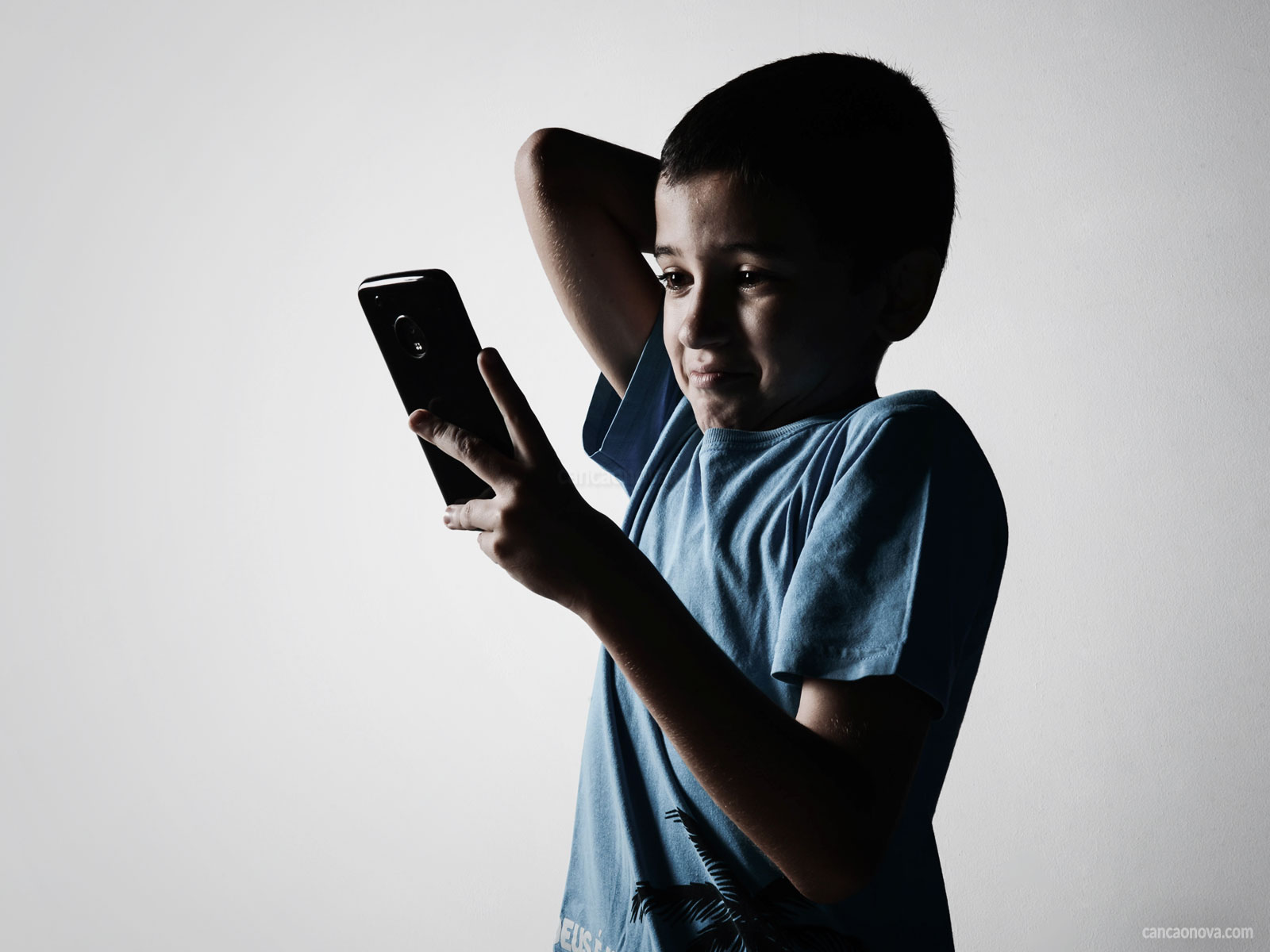Learn about the risks of increasing exposure of children and adolescents to media devices
All the extremes tend to hurt anyone who adopts such habits, as the excess or lack of food and water, speeding. With the evolution of technology and the ease of access to it, a new question arises: “What is the risk of increased exposure to media devices?” Tablets, notebooks, TVs, mobile phones … All such devices are part of our lives, but they can and must be better used for our families.
Children have ease of adaptation and learning; in fact, they interact more rapidly with technology because, often, they see adults making use of such equipment and they learn by observation.
 Photo: Yamin/cancaonova.com
Photo: Yamin/cancaonova.com
Scientific surveys show an increased risk of emotional and neurological problems facing the use of more than 4 hours per day of these technologies; and the lower the age, the less time is indicated for the use of them. What we found, however, is a very different reality.
What are the risks involved? Such research shows that the main losses are: feeling of loneliness, depression, obesity, anxiety, low self-esteem and increased aggressiveness. The research from several renowned universities, indicate that most of the teenagers who tend to spend a lot of time connected feel dismay, sadness or depression at least once a week. That feeling of emptiness can be potentiated in a house where everyone, when possible, are “connected and isolated in their world”.
All, at home, are with their cell phones, tablets and computers, often in the same environment, but with zero interaction. There are no dinners and conversations at the table. Little talk. They don’t tell their life stories, don’t talk about what happened with them that week and things like that.
There is, then, a physical risk. Studies show that the brain overexposed to these technologies may have a deficit in its operation both in execution and attention, and can suffer from delays in learning, expressive anger, increased impulsivity, difficulty concentrating, among other symptoms. (Small 2008, Pagini 2010). Concentration and memory issues (without concentration is more complicated than that store data in our brain) occur because the brain takes shortcuts to the frontal cortex to deal with such rapidity of information. (Christakis 2004, Small 2008). So if a child has difficulty in concentration, he or she will also have difficulty learning. In this sense, we think that this is one of the causes of the increase of cases of attention deficit hyperactivity disorder among children, especially.
The path is not the prohibition of the use, but conscience of the appropriateness for each age group, noting that the attachment to the use of technology can lead to unnecessary losses. Care, love, social interaction, and other activities are part of our healthy development.
How has technology been used by you and your family? Think about it!

